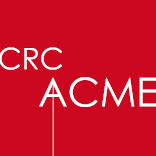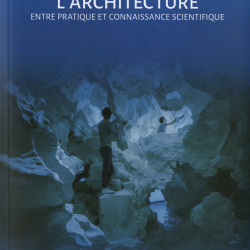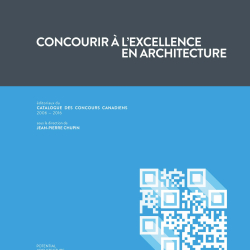Lucie Palombi awarded the first Geneviève Bazin bursary from the rare book department at UdeM
During a ceremony held on April 23, Lucie Palombi was awarded the very first Geneviève-Bazin Fellowship, created to honor the memory of the one who set up what would become the Rare Books Library. and special collections (BLRCS) of the Université de Montréal. A PhD student at the UdeM School of Architecture, Ms. Palombi received this ... Read more




